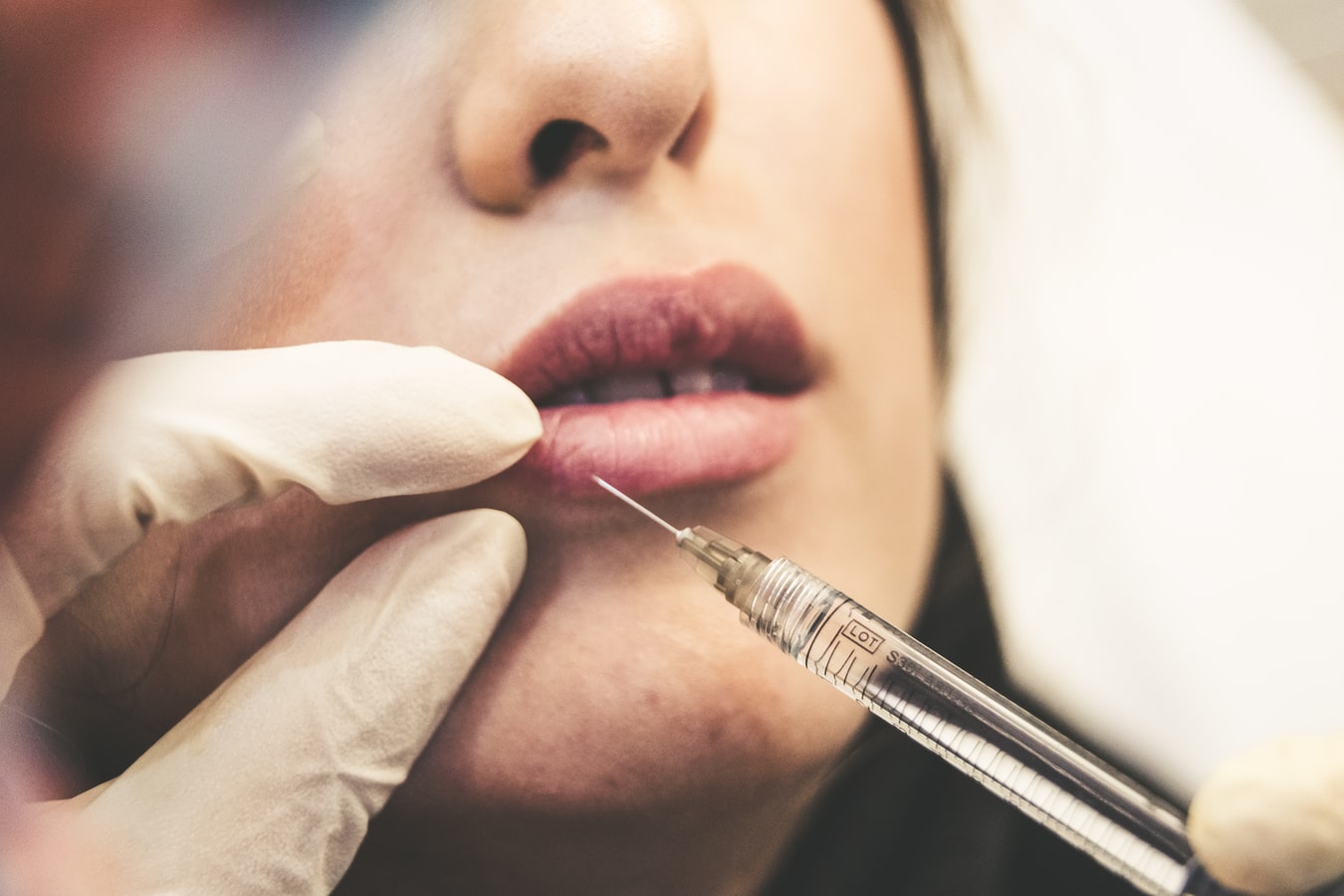Anti-aging products and treatments are a huge part of the health and beauty industry. When it comes to cosmetic solutions, the most common procedures that patients undergo in order to achieve a more youthful look are Botox and dermal fillers. Though these two kinds of treatments are injectable fillers generally administered in the same way and produce similar effects, the more you examine both Botox and dermal fillers, the more you’ll find that they have a lot of differences in their approach and their results. Here is some of the must-know information about the difference between Botox and fillers, and ultimately, what’s better?
What is Botox?
First off, Botox is actually a brand name but like other items, such as Hoover, it has come to be used as the general term. Botox was the first such injection. Other brand names are Dysport and Xeomin.
Botox is an injection of something called botulinum toxin made from the Clostridium botulinum bacterium. It has the effect of relaxing the muscles in your face to smooth out wrinkles and fine lines. More technically, the toxin blocks signals from the nerves to the muscles meaning the muscle cannot contract. Hence they stay tense and tight.
Botox injections are most commonly used to address crow’s feet around the eyes, forehead wrinkles, and smile lines (around the corners of the mouth) and give good results.
What are dermal fillers?
Dermal fillers are another procedure by injection. A solution based on hyaluronic acid is introduced to plump out facial lines to create a more youthful appearance. Dermal injections differ from a Botox injection in the fact that rather than providing any kind of muscle relaxation, they instead work to fill the wrinkles and lines under the skin, adding volume to the cheeks, forehead, or lips.
Fillers vs Botox – What lasts longer?
Botox
Something important to know about the long-term effects of Botox and fillers, and before considering either of these procedures, is that neither of them offers a permanent solution to wrinkles and fine lines. On average, a Botox treatment will last between three and four months, but this can be shorter or longer depending on each individual patient. First-time Botox users may find that their second round of treatment lasts longer than their original treatment.
Dermal Fillers
Dermal fillers have the potential to last for a far greater period than Botox, but once again it is important to note that they are not a one-time, permanent fix. Depending on the type of filler you select and the location on your face in which it is injected, high-grade dermal fillers can last anywhere from six to eighteen months.
Are fillers more expensive than Botox?
When comparing the two treatments, what is clear to see is that dermal fillers are much more expensive than Botox across the board.
Botox
Some of the most typical Botox treatments and their average prices are as follows:
- Forehead lines – $300
- Frown lines and the area between the eyebrows – $250
- Crow’s feet and around the eyes – $200
Dermal Fillers
More expensive, typical dermal filler treatments will cost patients, on average:
- Cheeks – $1000 per cheek
- Lips – $800
- Nasolabial folds – $750
As you may have assumed from the previous section on lasting power, dermal fillers command a higher price because they last a lot longer than the average Botox treatment. Botox is often seen as a beauty regime treatment that can be regularly topped up, whilst dermal fillers are a more occasional extravagance whilst still ultimately being a temporary solution.
What age should you get it?
Whilst there is no legal age limit on getting Botox or dermal fillers, there are a number of guidelines that cosmetic surgery professionals will follow to determine whether a patient is suitable for the treatment.
Botox
- Whilst there is no age limit for Botox that is dictated by law, in general, is not recommended for anyone that is under the age of eighteen years. There are currently steps being made to legally ban the use of cosmetic injectable substances for all people under the age of eighteen.
- The appearance of wrinkles isn’t something every person shares age-wise. Some people might experience crow’s feet in their thirties, whilst others will go all their way into their fifties with no fine lines at all.
- Some patients start Botox injections as early as their mid-twenties, whilst others wait until decades after. Something to consider here is that the earlier you start, the more regularly you will have to top up your treatment which will lead to a much larger expenditure over the course of a lifetime.
Dermal Fillers
- For dermal fillers, the minimum acceptable age for such treatment twenty-one years old.
- In general, most people will begin to notice a loss of volume in their face in the mid to late thirties. However, it is also common to notice bags under the eyes, known as tear troughs, a younger age. This is mainly due to the skin on that area of the face being so thin and the absence of collagen in this area.
- Whilst Botox treatments are given to people in their twenties more regularly, users of dermal fillers tend to be in their mid-thirties and older.
Where to get cosmetic injections?
Depending on what country you live in, the availability of cosmetic injection procedures can vary greatly. In Canada and an affluent city like Toronto, however, there are a number of options for prospective patients. When looking for a top-quality Botox clinic in Toronto, there are a number of different things you can do:
- Listen to and pay attention to word of mouth. Ask around your social circles for personal testimonials of Botox or dermal filler injections that they might have had done. Another positive of getting personal feedback from real people is the fact that you get to see the results up close and personal.
- Research which clinics in your area have the best online reputation, which can include things like industry awards, along with the resumes and experience of the cosmetic professional that works there.
- The clinic you choose should be accredited by a Canadian regulatory body. These include the Canadian Society of Plastic Surgeons and the Aesthetic Society.
Additional resources:
–Learn more Med Spa treatment options with Viva Day Spa


